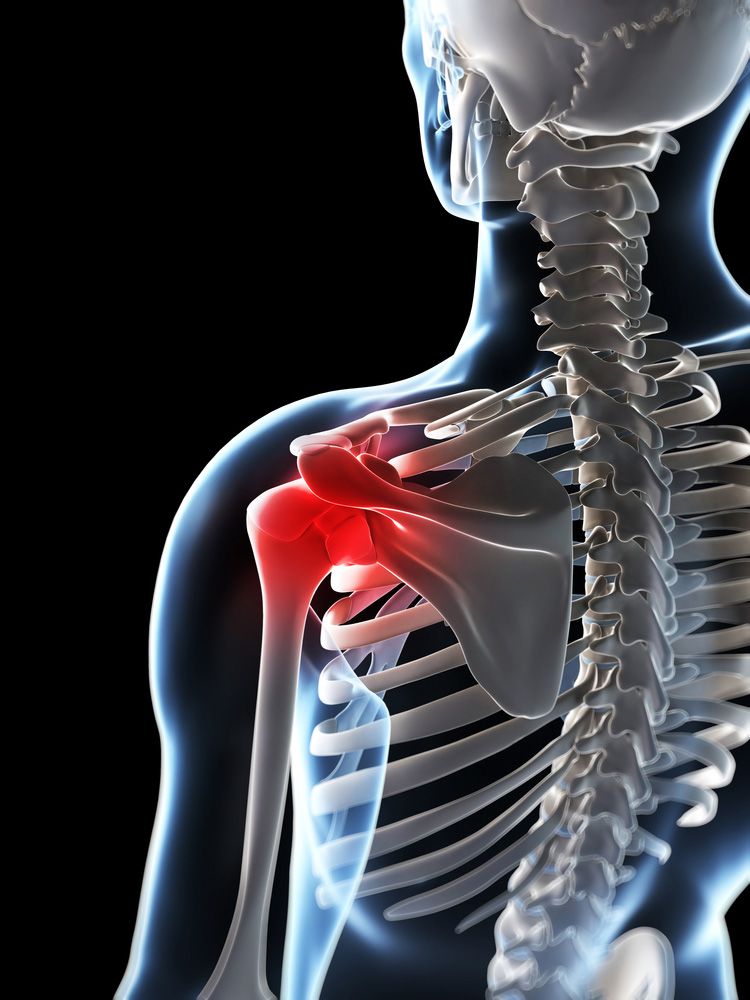 A shoulder injury can be debilitating, making daily activities painful. At Orthopaedic Specialists of Austin, we specialize in advanced shoulder surgery techniques to restore shoulder stability and function. One type of shoulder surgery that we will focus on today is the Bankhart procedure. The Bankhart procedure can effectively treat shoulders damaged by recurrent dislocation, allowing those held back by shoulder pain and mobility issues to return to their favorite activities. To find out if you're a candidate for the Bankhart procedure, contact our Austin, TX practice.
A shoulder injury can be debilitating, making daily activities painful. At Orthopaedic Specialists of Austin, we specialize in advanced shoulder surgery techniques to restore shoulder stability and function. One type of shoulder surgery that we will focus on today is the Bankhart procedure. The Bankhart procedure can effectively treat shoulders damaged by recurrent dislocation, allowing those held back by shoulder pain and mobility issues to return to their favorite activities. To find out if you're a candidate for the Bankhart procedure, contact our Austin, TX practice.
What Is the Bankhart Procedure?
When the shoulder is dislocated, it can lead to a tear within the glenoid labrum ligament, the ligament that attaches to the shoulder socket, creating what is called a Bankhart tear or lesion. The Bankhart procedure, also called the Broca-Perthes-Bankart procedure, is an operation used to repair Bankhart tears or lesions and restore the stability of shoulders prone to dislocations and subluxations. The Bankhart procedure achieves this by tightening the shoulder ligaments and repairing torn capsular detachments.
The Bankhart Procedure
During the Bankhart procedure, torn ligaments are re-attached to the shoulder joint to restore normal function. The Bankhart procedure may be performed as an open surgery or arthroscopically.
When performed as an open surgery, a long incision is made through the skin, muscle, and other tissues over the shoulder joint. This provides access to the shoulder joint, allowing the surgeon to repair the shoulder ligaments and capsular detachments.
When performed as an arthroscopic procedure, only small incisions are made around the shoulder joint. A special tool with a small camera and light on the end, called an endoscope, is inserted where it then transmits a video of the internal structures of the shoulder to a screen. Small surgical tools are inserted into another small incision and, using the endoscope as a guide, used to repair the shoulder.
Recovery after the Bankhart Procedure
Recovery times will vary based on personal healing times and whether the procedure was performed openly or arthroscopically. Because the technique used for an open procedure requires larger incisions, recovery after an open Bankhart procedure is typically longer than when performed arthroscopically. Regardless of the technique used, patients should expect some swelling and pain after surgery. However, pain may be managed with pain medication as prescribed by your doctor.
Rehabilitation is an important component of the recovery process and essential for regaining shoulder stability. Although some restriction of movement is necessary for three to four weeks after surgery, physical therapy exercises will start the day after the procedure is performed. Exercises may include flexing the elbow along with wrist and forearm strengthening. With that said, patients should not lift anything heavy or forcefully stretch their shoulder at this time.
After about six to nine weeks, most patients will be recovered enough to begin increasing activity and by three to six months after surgery, the shoulder should be rehabilitated enough to begin strenuous exercise, provided surgeon approval is given.
The Potential Risks of the Bankhart Procedure
As with any surgery, there are some minimal risks associated with the Bankhart procedure. Some potential risks include:
- Nerve damage
- Infection
- Recurrence of shoulder instability
- Repair failure
- Suture failure
Learn More about Your Treatment Options
For more information about the Bankhart procedure or other treatments to alleviate shoulder pain, we welcome you to schedule a consultation today.
